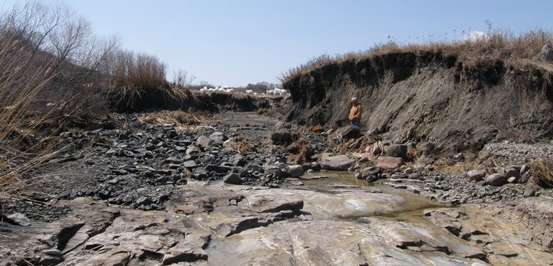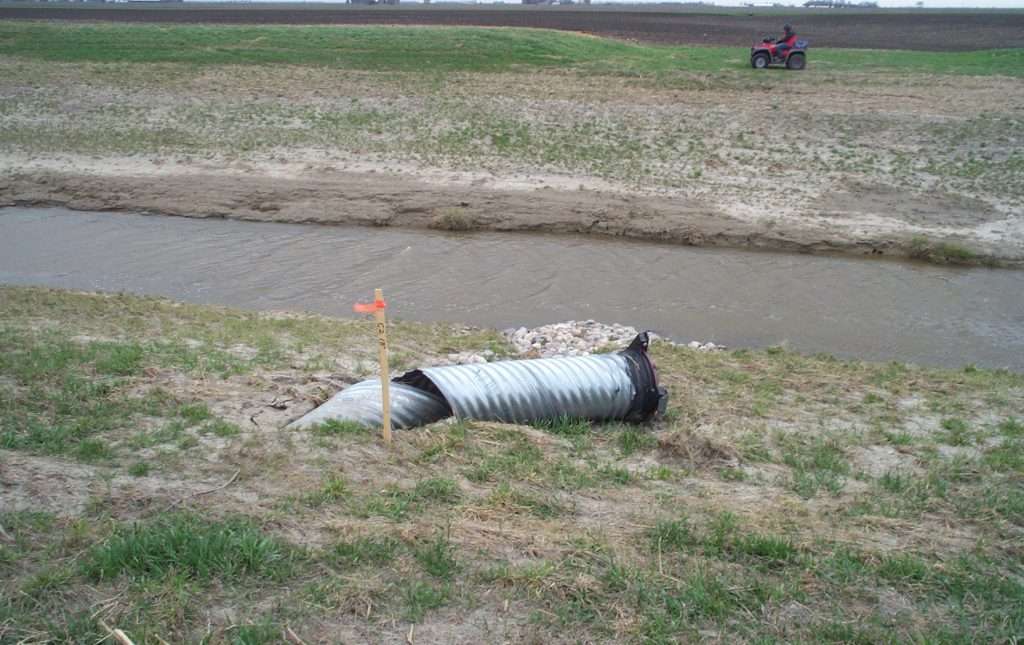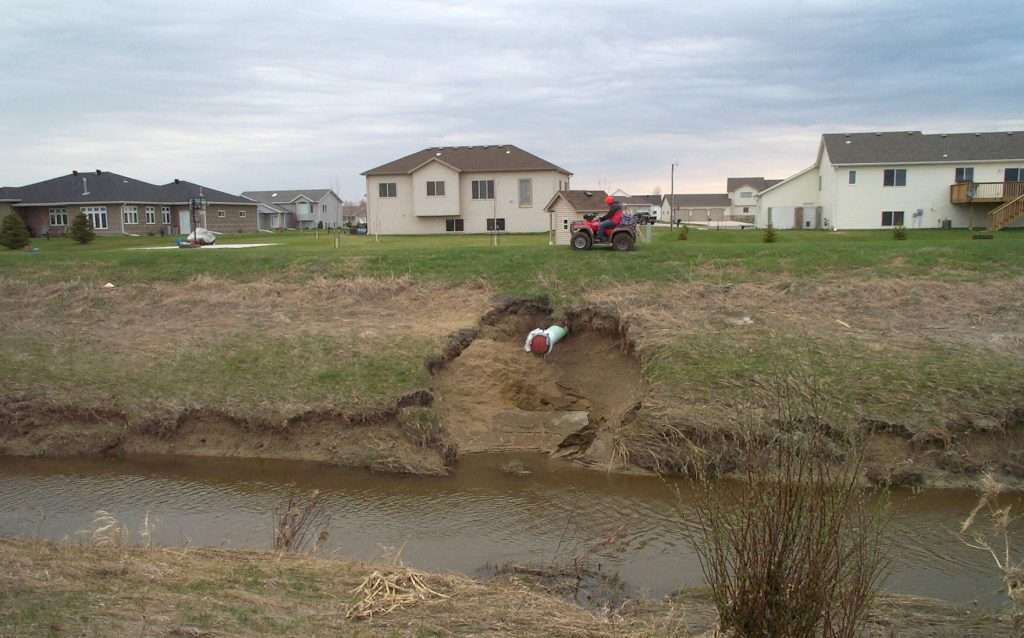
Dealing with Disaster
How your local government can best work with FEMA
In the Fargo-Moorhead area, the threat of major flooding is the yearly beast that stalks us all. We’ve had our share of it recently, with flooding severe enough for North Dakota to receive presidential disaster declarations fourteen times since 1997.
Thankfully, we’ve had a bit of a break in more recent years, with 2014 marking our most recent threat. However, that doesn’t make this a good time to forget about the Federal Emergency Management Agency (FEMA). FEMA offers post-disaster assistance to areas affected by disasters like fires, tornadoes and flooding. If severe enough, individual assistance may also be available.
Even though it has been a few years since our last major flood, it’s a good time to think about getting your ducks in a row for the next disaster. In fact, this is arguably the best time to prepare for a disaster when you take into account some of the rules and regulations set forth by FEMA. For public entities, here are some pre- and post-disaster steps to take (or avoid taking):
PRE-DISASTER PREPARATION
Do Maintenance and Keep Records

Remember: If FEMA doesn’t think you’re maintaining your infrastructure, they’re less likely to help you recover. While this seems obvious, think back to the last time you documented something in working order. Has it been a while?
Many people don’t take time to report or capture properly operating roads, storm sewers and culverts, but failing to produce documents to prove it was working pre-disaster could mean your recovery may not get funded post-disaster. So when something needs maintenance, like washed out roads, damaged flap gates, culverts, stormwater facilities and ditches, go ahead and repair them and document those repairs by recording them and taking photographs. That way, when you’re claiming damage, your most recent photos will indicate the area was in good condition.
Use Your Resources
While all the maintenance and inspections might seem like a lot to track, keep in mind Moore Engineering provides its client with GIS maps. This makes yearly inspections, regular documentation and pulling up records easy. With GIS, users can see where damages are (or were), document repair records and find invoices by simply clicking on the site. Yes, everything you need to document areas affected by disasters – one click away.
Consider Hazard Mitigation Assistance (HMA) Grants
Applying for and acquiring an HMA grant is a thorough and competitive process. There’s a large submittal package with economics and cost estimates involved that ultimately weigh out the difference between more frequent temporary fixes and more expensive permanent solutions. The funding is ideal for projects that have shown a need for more resiliency. Click here for more information on HMA grants.
POST DISASTER FUNDING
Qualify
For your local government entity to qualify for FEMA dollars, you have to first be in a state and county included in a presidential disaster declaration. On a typical disaster, FEMA reimburses up to 75 percent of eligible cost, with the remaining 25 percent becoming a state and local responsibility.
When FEMA agents go to your properties to view damages, they take measurements and construct a cost estimate.
Don’t Get Ahead of Yourself
While it’s likely tempting, don’t fix non-emergency items until after FEMA has inspected, measured and assessed the damage. Often, you can lose funding if you fix things before FEMA sees it, even if you have photographs documenting the damage.
Cost Estimates

It’s a good idea to prepare your own cost estimates and justify them based on other recent projects. FEMA commonly uses national averages and applies them to your project, which – depending on the situation – might not make sense. By doing research ahead of time and providing a good cost estimate and basis for your estimate, you increase your chances of receiving a more accurate total project cost. While doing this, be sure to include the mobilization costs of getting the contractors and equipment to the site.
If you deem emergency actions are necessary during an event, keep records of how you selected the contractors while gathering quotes for the work. This isn’t an easy thing to do in the midst of an emergency, but it’s crucial to keep records of how you selected contractors. The better the documentation (price sheets, etc.), the better off you are when requesting public assistance from FEMA.
Do Your Homework – or Let Us Help You
Appeals are hard to win, so do the work up front.
As always, if you have questions about how to work with FEMA or need help sorting through the meetings and paperwork, Moore is here to help. We work side-by-side with our clients in all aspects of this process to be sure they have a good submittal. We’re always there to represent our clients, if they like, and work to get them the help they need.
Have questions about FEMA, funding or flooding? Call us today.